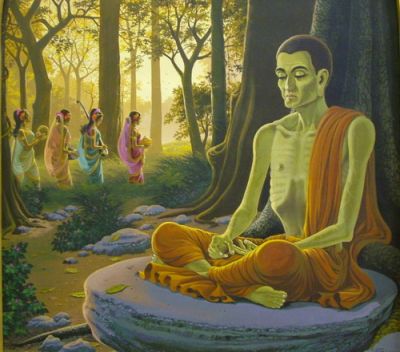What is new media?
'media that works, not works through persuasions'
The advertising strategy:
- Required speaking to the masses
- Global print campaigns
- High feeling/ emotive strategy - make the audience feel good - charm them/ pull at their heartstrings
Old and New communication models:
Old: transmission
- transmit ideas to an audience
New: cybernetic
- engage with an audience
- via computer (mediated communication) CMC
New Media model
- advertising and new media (Spurgeon, 2008)
- Shift from mass to my media
- More targeted via mobile to specific audiences
- More personal distribution
- Audience involvement:
b) creating spoofs, filming etc
Viral: Unpaid advertising
- Virals (adverts) becoming part of our conversations
- Send it to your friends digitally
- From talk about to talk with
the 'Remember Reach' campaign for Halo, 2010 consisted of;
- Launching a film 'Birth of a Spartan' which announces Reach Beta
- 3 films released prior to this, the fourth film being released after the website launch
- Teasers to advertise the game
- Sad/ dramatic story in the films provoking emotions
- Dots of light added on the website on a world map for every person who visits the site and their location to involve and emote the audience
Kaiser Chiefs album 'The future is Medieval' campaign:
- Customer chooses 10 tracks out of 20
- create their own album cover online
- advertise it on facebook to facebook friends
- the person who sells the most albums name appears on the skin of the image of a drum on the site
- customer earns £1 for every album they sell
The three little pigs viral video - the guardian online:
- Recession and riots
- Celebration of new media itself
- the idea: to transform a newspaper into a global news 'hub'
- Modern news is dynamic, participative with open dialogue welcome from the viewer.
Invisible Children Campaign
- R4 ICC Congo Warlord Lubanga guilty 30 years
- March 5th released
- in 3 days, it received 26million views
Beattie the big creative idea
- Internet - the biggest thing since the wheel
- enables even small ideas to circulate
- most interesting form of communication
Viewer generated content
- Coke & Mentos
- Viewer generated advertising worth US $10m to Mentos 'more than half its annual advertising budget' (Spurgeon, 2008)
Levi's 'Go Forth' campaign:
- beautifully crafted photography
- Walt Whitman poetry - ultimate American poetry
- Patriotism
- Lifestyle
Wrangler Jeans' interactive site
Future Nike:
- Give people tools through apps - life enhancing qualities by means of advertising or enhancing a products' appeal
- Nike plus - how far run record.
- Nike grid - training aid made fun by a race/ game
- London map record your time and route, then try to beat others on the database.
Creating a dialog
- Paul Burns (TBWA) 'talking with audience'
- 40mil Old Spice
- Responding to a tweet
- The making of Old Spice: copywriter and art director Craig Allen and Erik Kallman
Reasons why this is the best time to be in advertising:
- Agencies can innovate e.g., NYC tourism campaign. The idea: NYC street culture, street musicians lined to campaign in 1 'Dig out your soul' unreleased album.
- The third screen- the mobile phone is a whole new and more intimate medium of getting to your market. Putting brands in people's hands.
- The Kairos factor: the principle of presenting the desired message at the opportune moment.
- No medium is dying. IE, print.
- Each different medium has a different role in narrating the 'story'
- traditional style 'announcements' still have their place.
- Big ideas and craft remain important.
What is the impact of 'New Media' on advertising agencies?
'Advertising is such a limiting role now', Andy Fowler, Brothers & Sisters impact NM a third layer communication.
The New model of creativity:
- larger teams
- Collaborative Creativity
- ebrainstorming
- collaborative online creativity : IE, Estudio
- Omnium project
- Hegarty & Beattie
Conversations lead to flow, and flow leads to creativity.












fbarral.jpg)
fabienbarral2.jpg)



















